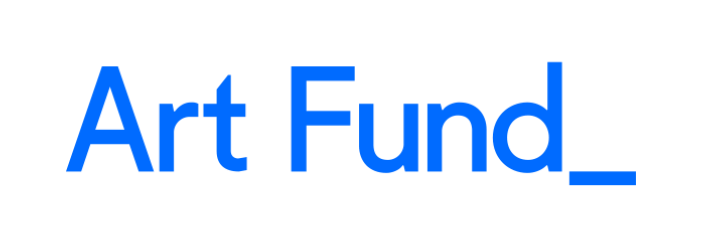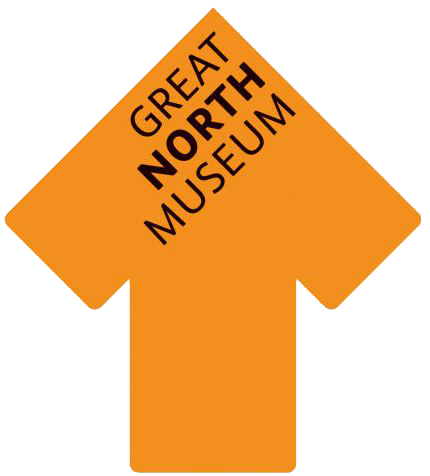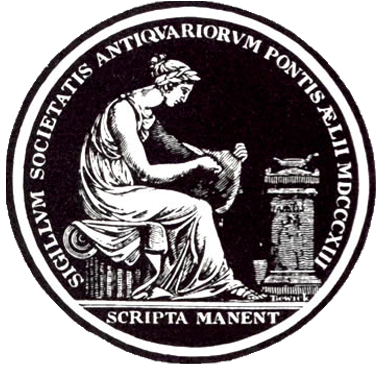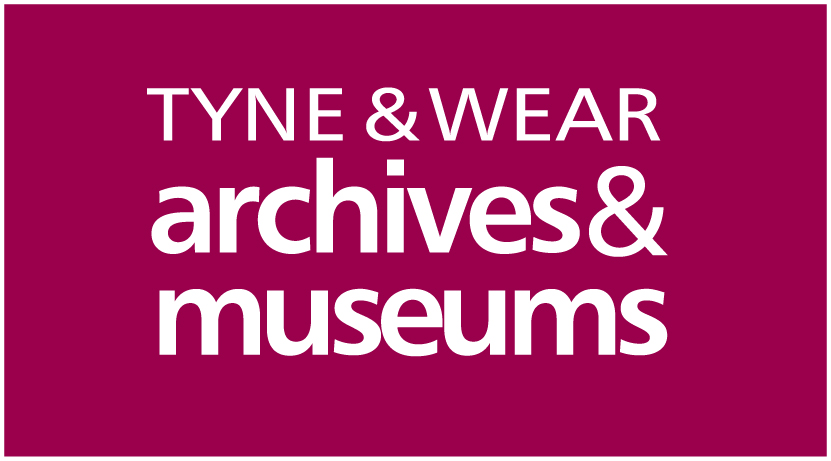“Oh, just call me an Indian”
The naming of native American indigenous peoples can be a very confusing issue. As Drew Hayden Taylor, an Ojibway from Ontario, Canada has humorously pointed out, there are a myriad of terms that can be used to describe the “Indians” of the North American continent. When curating a diverse collection of objects made by these peoples however, it is essential the correct names and terms are used as far as possible- earlier names that were given to indigenous people (mostly by European writers and administrations) are often incorrect and offensive.
The continent of North America encompasses the two countries of the United States of America (USA) and Canada. This means that names, terms and descriptions can differ in each country. The situation can be even more complicated in the northeast region where the international border cuts through many indigenous groups.
In the USA, “Native American” is used to refer to all North American indigenous people, while in Canada the terms “Aboriginal”, “Native”, “Indigenous”, “First Nations or First Peoples” are favoured. Preferred terms have been used in Creative Power where possible but where international border complexities interrupt, “Native American” has been more broadly used.
The official government terms used to describe a unit of people is also different within the two countries. In the USA, the word “tribe” is used while Canada has adopted the word “band”. Attempts have been made to use both terms in the appropriate contexts but the terms “group/groups” and “people/peoples” are often used as well.
There are many groups of native Americans and First Nations whose art is discussed in Creative Power, listed here alphabetically. The preferred choice of name from each native group has been used where possible while also acknowledging any older, previous names.
Aleut
The indigenous people of the Aleutian Islands.
Algonquin
Part of a larger group called Anishinabe, meaning “original person”.
Algonquian
A widespread linguistic and cultural group encompassing many tribes and bands in northeast North America
Athapaskan
A large linguistic and cultural group encompassing many tribes and bands throughout Alaska and northwest Canada.
Cree
A widely distributed group of indigenous peoples in Canada, the Cree is divided into sub-groups based on language, dialect and geography.
Haida
The people of Haida Gwaii, a group of islands previously known as the Queen Charlotte Islands.
Heiltsuk
Historically referred to as the Bella Bella, the name given by Europeans after the area they lived in.
Huron-Wendat
The name Huron has various possible etymological origins including the Old French for “ruffian”. The group call themselves the “Wendat”, meaning “People of the Island”. I have used Huron-Wendat to avoid confusion as Huron is still widely used.
Innu
Meaning “People”.
The older French term Montagnais (Mountain people) was used for Innu who lived in the southerly, forested areas, while “Naskapi” was used for northern peoples. Naskapi meant “People Beyond the Horizon”, with the name given to people beyond the reach of missionary influence.
Inuit
Meaning “The People”.
The preferred term for First Peoples in Canada while Native Americans in Alaska use the term “Eskimo”. The exact place of production for many of our Arctic objects is not known, and so “Inuit” has been used to cause the least offense.
Iroquois
An acceptable term for a confederacy that encompasses 6 Nations.
Kwakwaka’wakw
Meaning “Kwak’waka speaking peoples”. Sometimes previously known as Kwakiutl- this is a misnomer as this was the name of only one group of Kwak’waka speakers
Lillooet
A group of the Interior Salish, Lillooet is an acceptable name despite it being an English term.
Métis
A French word meaning “someone of mixed ancestry”, the Métis people were descendants of the French and Scottish fur traders who married indigenous women.
Mi’kmaq
Meaning “The Family” or “The Brothers/Allies”
Previously known through the English spelling Micmac
Nuu-chah-nulth
Meaning “All along the Mountains and Sea”.
Previously known as the Nootka, due to a misunderstanding of the name by James Cook in 1778.
Ojibwa
In the USA, this group is known as the Chippewa. Both names mean “puckered” due to the style of moccasin that they made. Today, the Ojibwa are part of a larger group known as the Anishinabe in their language, meaning “original person”.
Sioux
The term for any group within the Great Sioux Nation.
Tlingit
Meaning “People of the Tides”.
Tsimshian
Meaning “Inside the Skeena River”.
